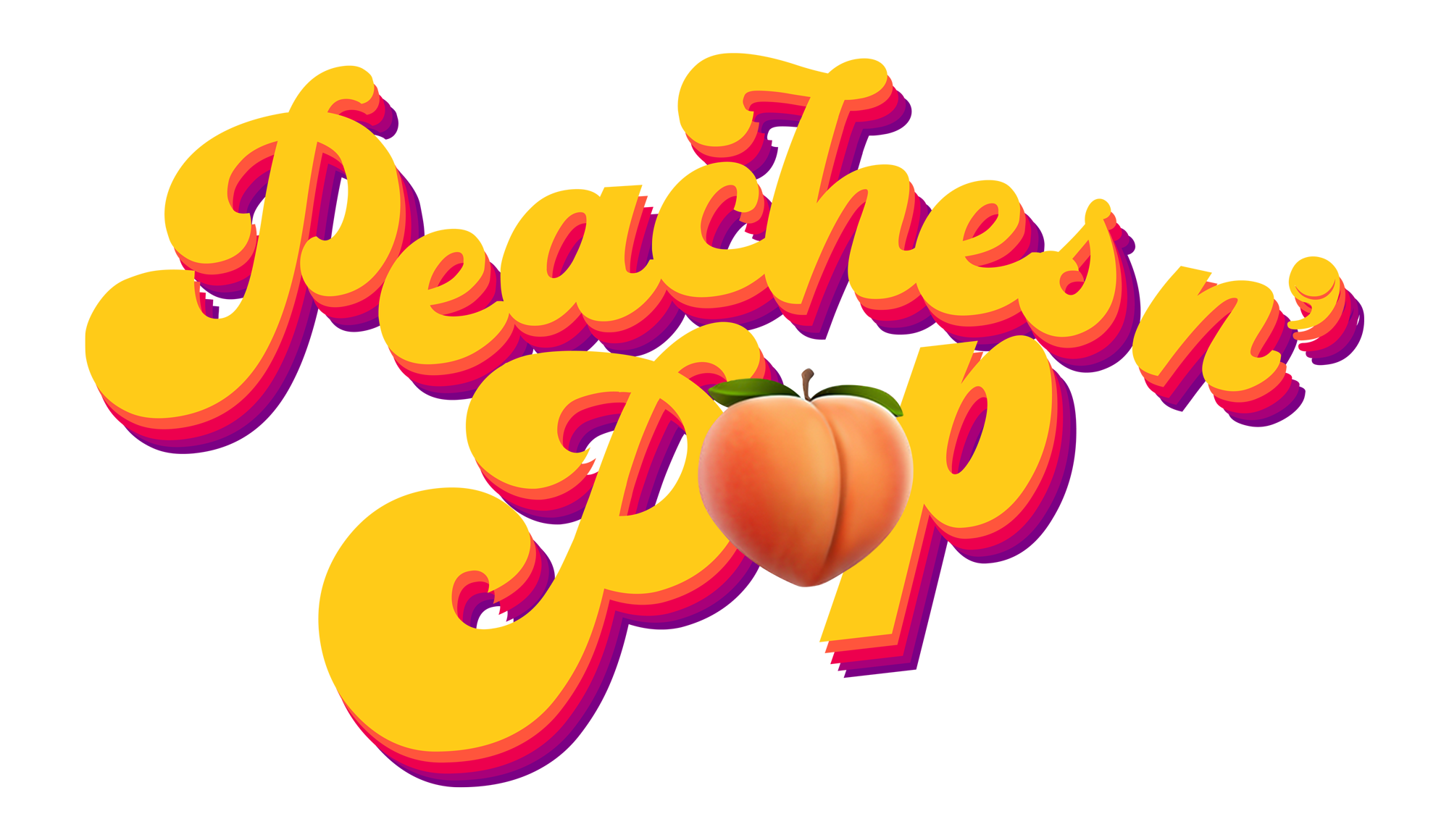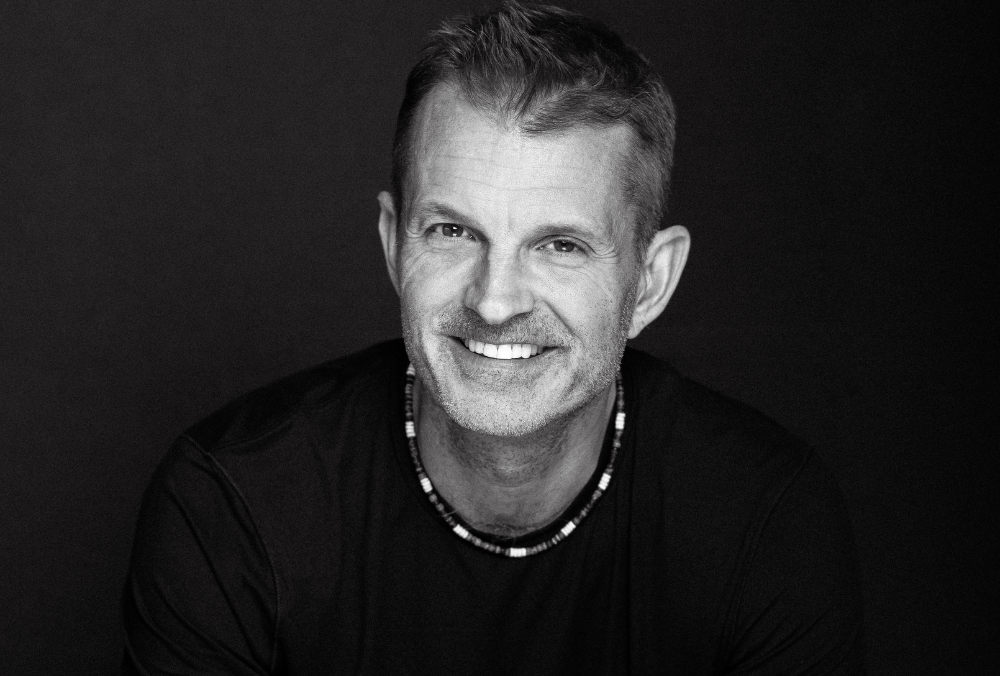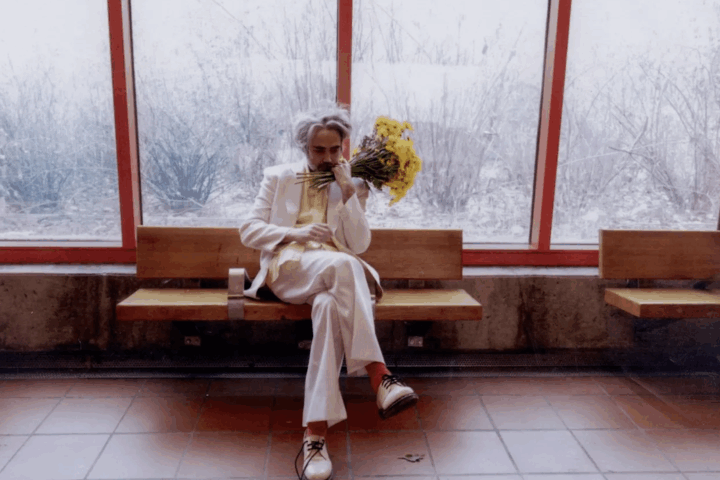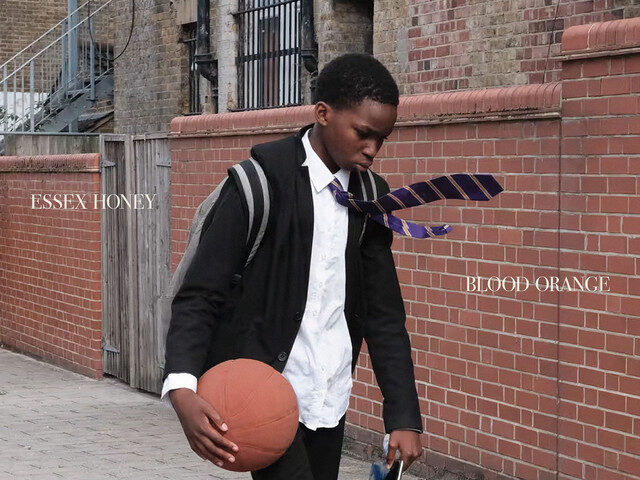Cullen Jack offers insights into his artistic process, discussing the intricate dance between diverse instruments and the evocative power of bilingual songwriting. He opens up about his continuous exploration of sounds, revealing a blend of classical and unconventional instruments that are meticulously selected to suit each composition.
Jack’s bilingual writing, oscillating between English and Japanese, adds layers of emotion and meaning, illustrating the distinct temperaments that each language lends to a song’s narrative. His creative sparks are often mysterious, intertwining melodies and life experiences to compose music that is as profound as it is enigmatic.
Drawing inspiration from classical maestros like Beethoven and Brahms, Jack faces the challenge of balancing elaborate orchestration with the raw, emotional core of his storytelling. Despite his evolution as an artist, the songwriter remains committed to authenticity, embracing the uniqueness of his voice and narrative while navigating the ever-evolving landscape of musical expression.
Throughout your career, you’ve beautifully intertwined various instruments to create a unique soundscape. Can you talk about a less conventional instrument or sound that you’ve always wanted to incorporate but haven’t had the chance to yet?
Ha, yes! I drive my producers and collaborators crazy sometimes with all of the symphonic instruments I include, like oboes, tubas, and English horns. One of the songs I’m releasing at the end of this year (at least that’s the plan for release) has a Toy Glockenspiel, which is a twinkly, happy sound. It’s in the instrumental part of a duet called “Someday.” For me as a songwriter, I spend a lot of time figuring out the right instrument for each song, and it’s different every time.
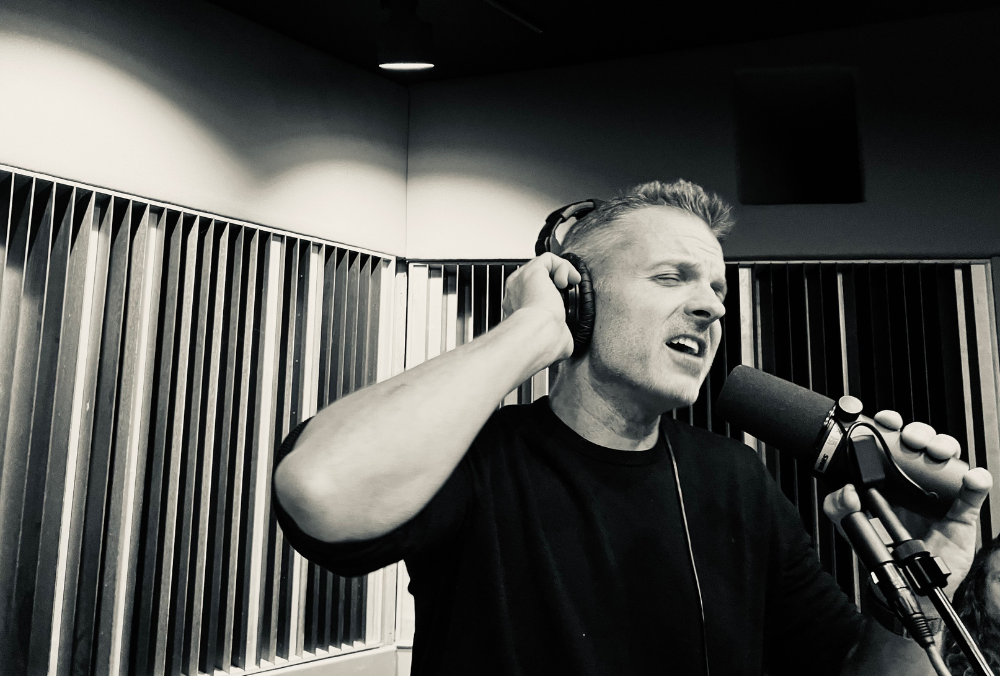
Since you write in both English and Japanese, have there been moments where a song concept initiated in one language seemed more profound or took on a different meaning when translated to the other?
Absolutely. One of my songs on my upcoming Japanese album, The Tokyo Sessions, is called “Hisashiburi ne,” which roughly translated means “Long time, no see.” But in English, it’s a little flippant, right? In Japanese, it can have a more respectful or poignant feel, and the song is about ex-lovers who see each other after years on the train, and saying “hisashiburi ne” to them itself is bittersweet, because they realize how long it’s been, and also the singer (me) is saying—it hasn’t been that long for me, because I still think about you all the time. It’s really moving in Japanese, but if you try to translate it into English, it falls a little flat.
How does the first spark of a new song usually come to you? Is it a melody, a particular instrumental sound, a word, or a life experience?
I’ve actually tried to figure it out, because the music and words nearly always come at the same time, and it’s honestly a bit of a mystery to me as well. It usually starts with a phrase that has a melody and harmony, and that also has some experiential meaning that I hope relates to others. For example, I’m finishing up production on a song now called “String Around My Finger,” and the first line that came to me was, “I tried to let you go, but you were like a string around my finger.” It’s the concept of not being able to forget someone, and the music showed up in my mind at the same time—and then I just needed to finish telling the story.
Being deeply rooted in classical music, are there any composers from the classical era you particularly resonate with or draw inspiration from, given that their compositions has transcended centuries?
Probably Beethoven and Brahms the most. I love to use big sounds and catchy melodies, and those two were masters at that.
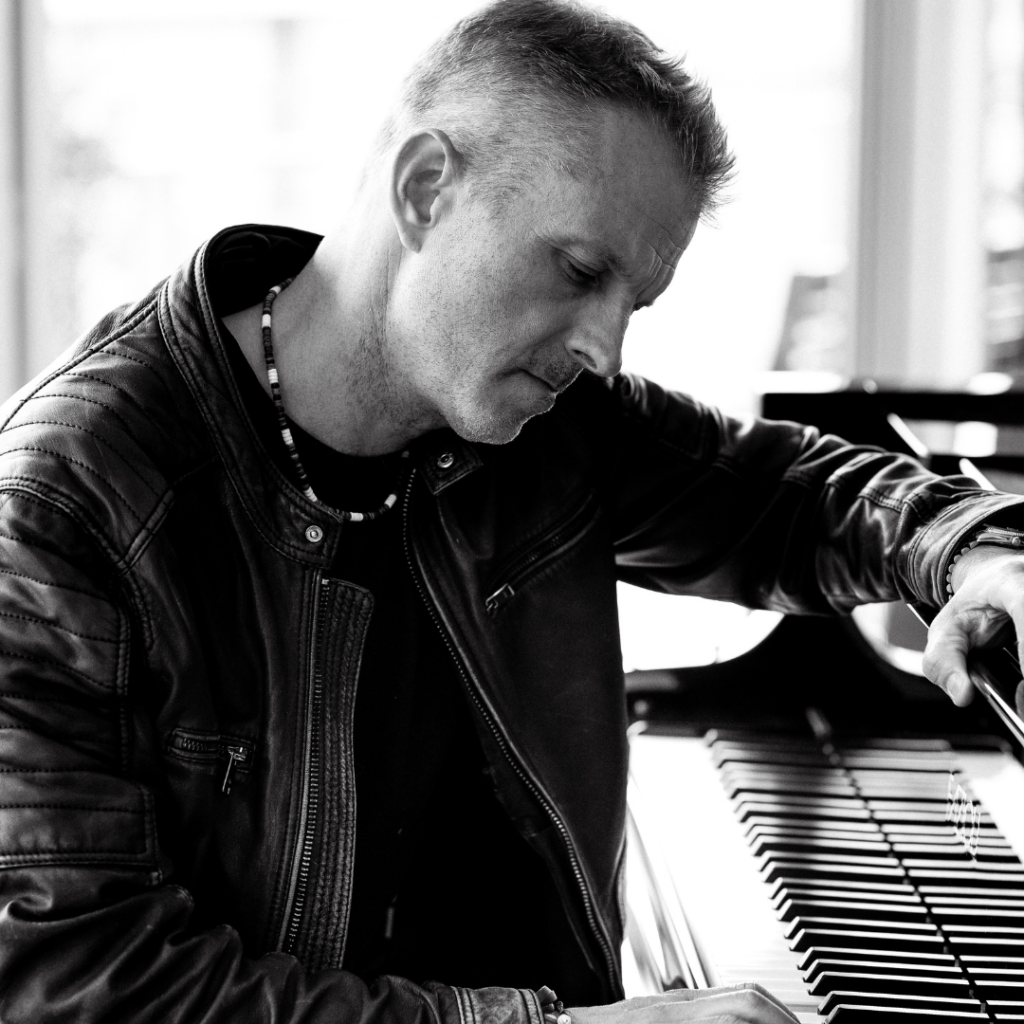
How important is the visual component to you when expressing your sound, and are there any visual artists or mediums that inspire your musical creation?
It’s important, but I always want the music to stand alone as well. My life partner is an artist and she’s really helped me understand how the artwork, from the album cover to the video, can help enhance someone’s listening experience. We have a new animated video out for my last single, “Space and Time,” and it was super fun to make—but I had to really rely on others’ expertise.
With tracks that involve intricate layering, like full orchestras combined with a string quartet, how do you ensure that the emotional core of the song remains undiluted and the story you want to tell isn’t overshadowed?
This is one of my biggest challenges! I tend to lay down 50 to 75 symphonic tracks, and it has happened that the music gets a bit muddy during production—I think it’s true for one of my early singles, “I Don’t Know,” where I listen to it now and think that it might be “more with less.” The way I’ve tried to handle this is to give myself freedom to lay down the full symphony for each song, but then try pulling things back and asking: Does it make the song worse to remove this track? If not, then it’s not adding value and should go. The other aspect is to have people who can give you honest, unvarnished feedback, and even though you don’t hear what you want to sometimes, that honest criticism is critical for artists to evolve and grow.
Over the years, your sound and storytelling methods have evolved. Can you recall a particular moment, feedback, or epiphany that significantly changed the direction or approach to your music?
Something I’ve always felt a little insecure about is that I’m primarily a songwriter, and initially had a hard time thinking of myself as a singer, because I don’t have a voice like Michael Bublé or Celine Dion. But then I listened to my songwriter inspirations like Billy Joel, Elton John, Jim Croce and John Prine and realized—neither did they. They wrote songs that worked for them, but just focused on telling the story. So I think the moment I realized that my job as a songwriter is to be myself was the moment I felt I had full creative freedom to do what works for me and not try to fit into someone else’s mold.
Listen to Cullen Jack’s songs here:
